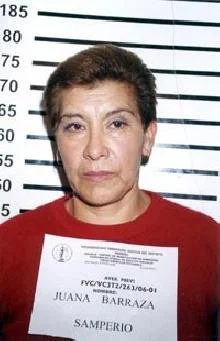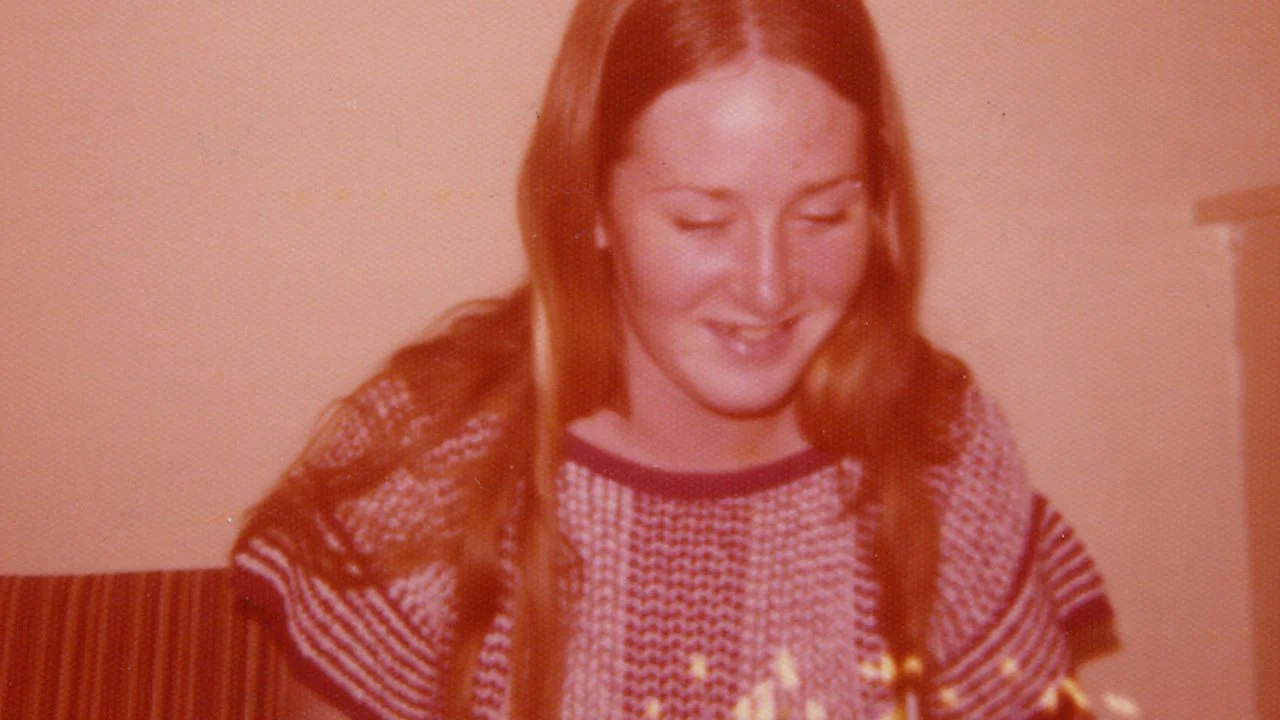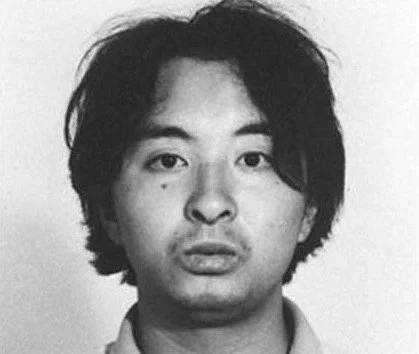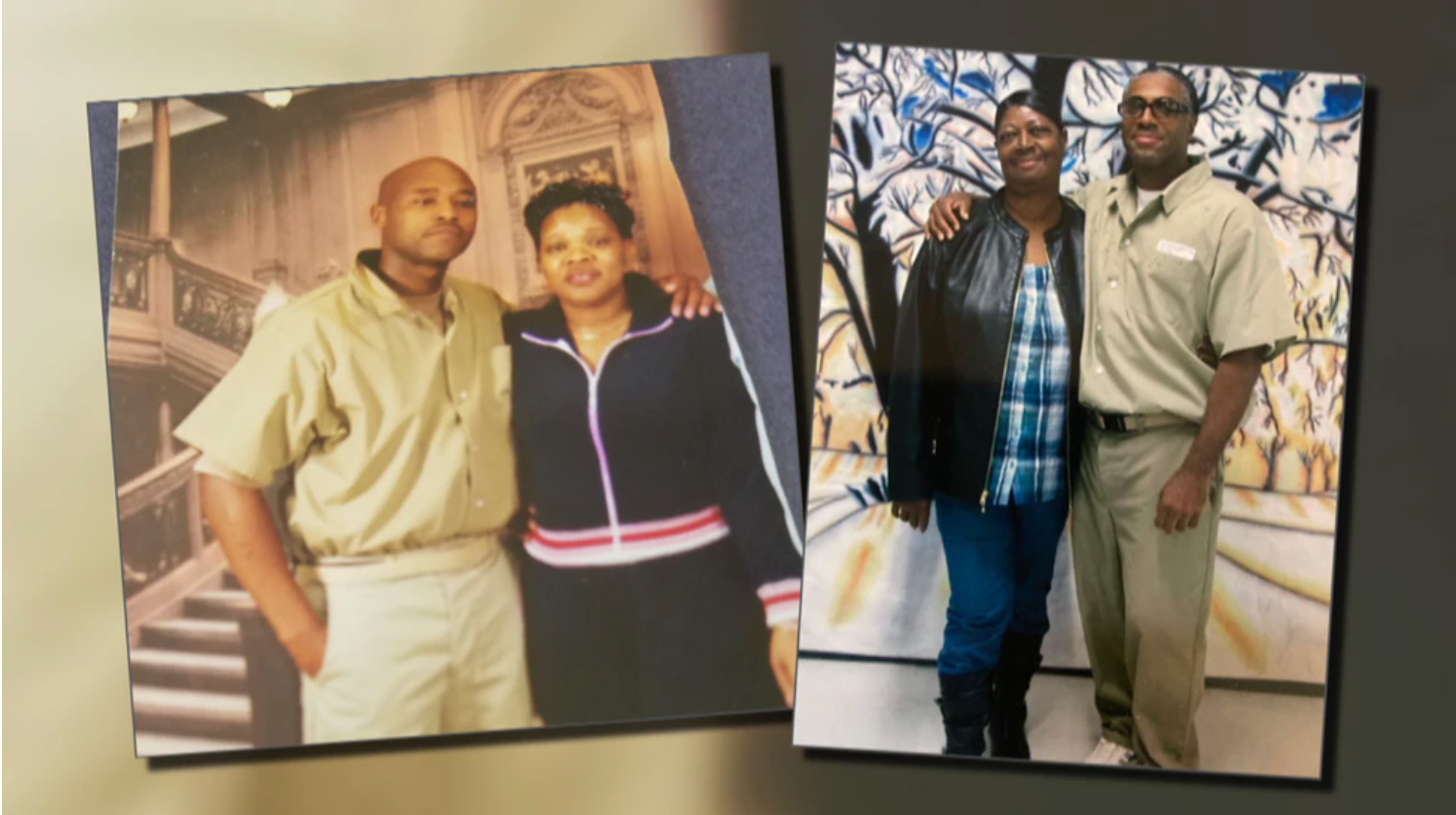The Crimes of Juana Barraza: “El Mataviejitas”
It’s a cold morning in Mexico City, gray clouds filling the sky. You wake up and get ready for work, grab a quick breakfast from your kitchen before going to leave. As you are about to go, something in you causes you to stop and look out across to the apartment of your landlord. Something in your gut tells you to go see her, make sure she’s okay. She’s an 84-year-old woman, after all, she might need some help with something.
You go in and call for her but get no response. As you fully enter her apartment, you are shocked by the sight of her beaten body lying on the floor of her living room. She has blood all over her face and a stethoscope wrapped around her neck. She lay there, unmoving.
After getting over your initial shock, you race outside to try and see if there is anyone around to help. Instead, you see a large, hooded figure quickly walking away from your home. You remember reading in the paper about El Mataviejitas, a killer who had been targeting older women for the past four years. You call out to a pair of patrolling officers, who chase down the large figure at your insistence. After some time, they catch them. On that person, they find some personal objects from your landlord, a forged social worker id, and pension forms. They unveil the hooded figure to reveal…an older woman herself.
This was the scenario that played out on January 25, 2006, after the murder of Ana María de los Reyes Alfaro, the final victim of El Mataviejitas, or “The Old Lady Killer.” This figure could also now be known as Juana Barraza, as that was the woman who was found fleeing Alfaro’s home that morning and who the upwards of forty deaths of older women in Mexico City from 2002 to 2006 were believed to be perpetrated by her.
Barraza's modus operandi was cunning and clever, posing as a nurse or social worker and offering her assistance to older women she found living alone. She would charm these women into letting her into their homes, where she would then attack beating them bloody before strangling them, typically with a stethoscope or her own hands. The age of the women she chose mattered, all of which were between 60 and 90 years old, and she would rob the house of personal items after the murder was finished to pawn for money.
According to Mel Magazine, the police only began to take interest in these deaths and the connection between them in late 2005 after the death of Carmen Camila González Miguel, the mother of a noted Mexican criminologist. After this death, and despite numerous eyewitnesses claiming to see a large woman fleeing the crime scene, the police harassed and arrested many in the Mexico City transgender community, believing one of them to be the culprit. With Barraza’s capture, the police faced heavy criticism for their ineptitude in this case and for being blinded by their own beliefs.
As detailed in an article about her by the Daily Star, Juana Barraza’s life did not set her on a good path for her future. Barraza was born to her mother when she was only 13 years old having been sold to her father a couple of years earlier. Early into her childhood, her mother took her and her siblings and left their father to try and provide a better, more stable life for them, but because of her own issues with alcohol and abusive nature toward her children, it did not work out as planned.
When Barraza was 12 years old, her mother sold her to an older man, José Lugo, in exchange for three beers. While living with Lugo, she was repeatedly beaten and raped, and she had two miscarriages in the five years she stayed with him before she was saved by her uncles. Because of this experience and her abusive childhood before it, she grew up illiterate and held a deep rage toward her mother for what she put her through until her death when Barraza was 20.
After her mother’s death, she moved to Mexico City to start a new life. She tried working numerous jobs to support her four children, and in the end the most stable career for her was as a Luchador in the Mexican wrestling community. The name she chose for herself was “La Dama De Silencio,” or the Quiet Lady, which she chose because she was a very quiet person according to Daily Star. She was a very dedicated wrestler although her success in the ring has been contested over the years, and after 20 years of work, she retired from wrestling due to a back injury. At this time, in her late forties and with no other way to make money, she began her life of crime and killing elderly women.
After her capture, she would refuse to take responsibility for the other Mataviejitas killings, only admitting to the murder of Alfaro. According to The Guardian, she stated "I only killed one little old lady. Not the others. It isn't right to pin the others on me." She explained her reason for killing Alfaro as that the woman reminded her of her mother, in both appearance and age (as Alfaro and the other victims were around the age that her mother would have been if still alive), and she felt all the familiar rage that she had before, now directing it to a new source and attempting to gain some form of retribution.
In March 2008, Barraza was found guilty of 16 charges of murder and aggravated burglary. She was sentenced to 759 years in prison with only the chance of receiving parole when she is 100 years old. At 64, she lives in Santa Martha Acatitla in Mexico City, where apparently, she spends her days making and selling tacos to other inmates according to Mel Magazine.
Juana Barraza’s killings and violent nature shocked the country of Mexico, and her influence on pop culture and media is present throughout the country. For many, however, the Old Lady Killer’s reveal as a woman had a much more profound effect on their beliefs on serial killers as a whole and the constitution women have to kill if pushed far enough.






